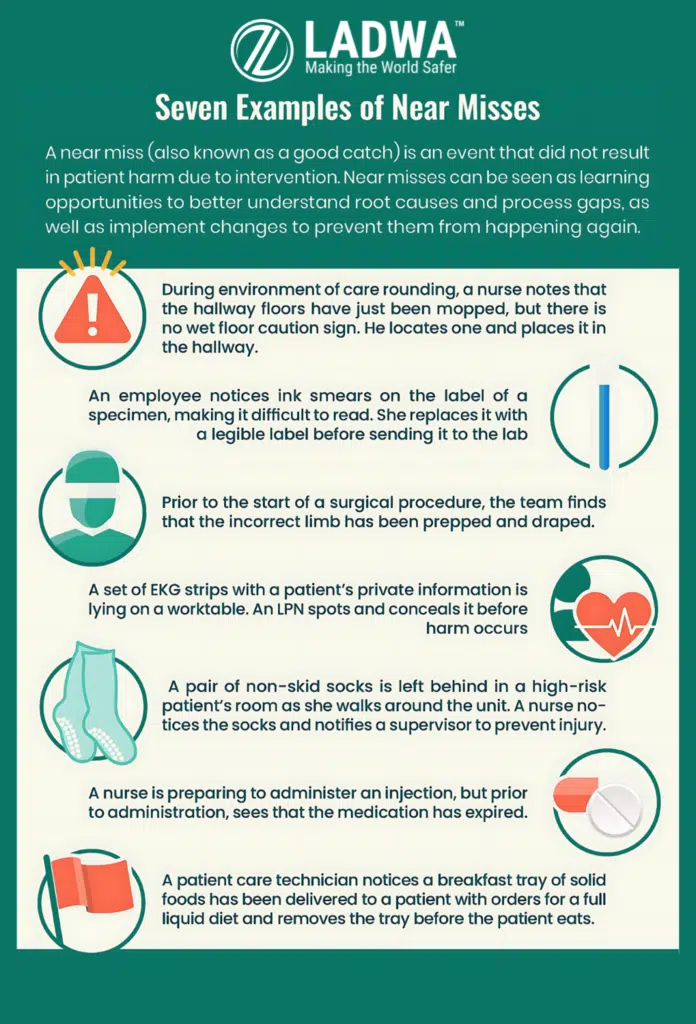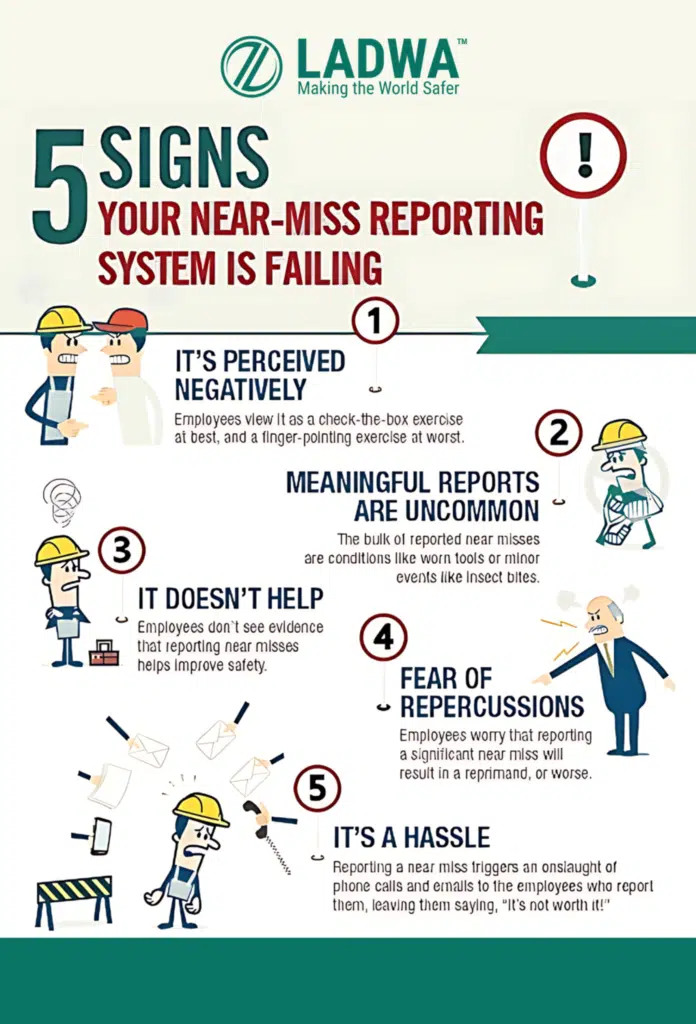Introduction:
In the fast-paced environment of any workplace, safety is often measured by the absence of accidents and injuries. However, there’s a crucial yet often overlooked aspect of workplace safety: near misses. These close calls, where an incident could have led to injury but didn’t, are the unsung heroes of safety culture. While they may seem minor, near misses hold valuable insights into potential hazards and can play a critical role in preventing future accidents. By understanding what near misses are, why they matter, and how to manage them effectively, organizations can uncover hidden risks, foster a proactive safety mindset, and create a safer, more resilient workplace for everyone.
What is a Near Miss?
A near miss is an unexpected event that could have resulted in injury, illness, or property damage but didn’t. It’s like a lucky escape, a close call. While it might seem harmless, it’s a red flag, signaling a potential hazard lurking in your workplace.

Why Near Misses Matter
- Predicting the future: Near misses are like crystal balls, offering a glimpse into potential accidents. By analyzing them, you can identify and control hazards before they cause harm.
- Improving safety culture: A culture where near misses are reported without fear of reprisal fosters a proactive approach to safety.
- Reducing costs: Preventing accidents saves money on medical expenses, lost productivity, and legal issues.
- Meeting regulatory requirements: Many safety regulations require reporting of near misses.
Common Types of Near Misses
- Slips, trips, and falls: These are the most common types of near misses.
- Equipment failures: Malfunctioning machinery or tools can lead to near misses.
- Hazardous materials incidents: Spills, leaks, or exposure to harmful substances.
- Vehicle accidents: Near collisions or other transportation-related incidents.
- Ergonomic issues: Overexertion, repetitive strain injuries, or improper lifting techniques.

Turning Near Misses into Safety Wins
To make the most of near misses, follow these steps:
1. Encourage reporting: Create a culture where employees feel comfortable reporting near misses without fear of reprisal.
2. Investigate thoroughly: Determine the root cause of the near miss to prevent recurrence.
3. Implement corrective actions: Address the identified hazards and implement control measures.
4. Communicate findings: Share lessons learned with employees to raise awareness.
5. Monitor and review: Continuously assess the effectiveness of your safety measures.
Conclusion:
Near misses are invaluable learning opportunities that should never be ignored. By taking them seriously and implementing effective management strategies, organizations can transform these close calls into powerful tools for creating a safer workplace for everyone. Every near miss is a chance to prevent a future accident, reinforcing a proactive approach to safety.
Let’s work together to make near misses a thing of the past. Share your experiences with near misses and how you’ve addressed them in the comments below. And remember, for top-quality safety products that help you prevent accidents and manage near misses effectively, trust Ladwa’s extensive range of road and workplace safety solutions. Equip your workplace with the best, and ensure safety always comes first.








